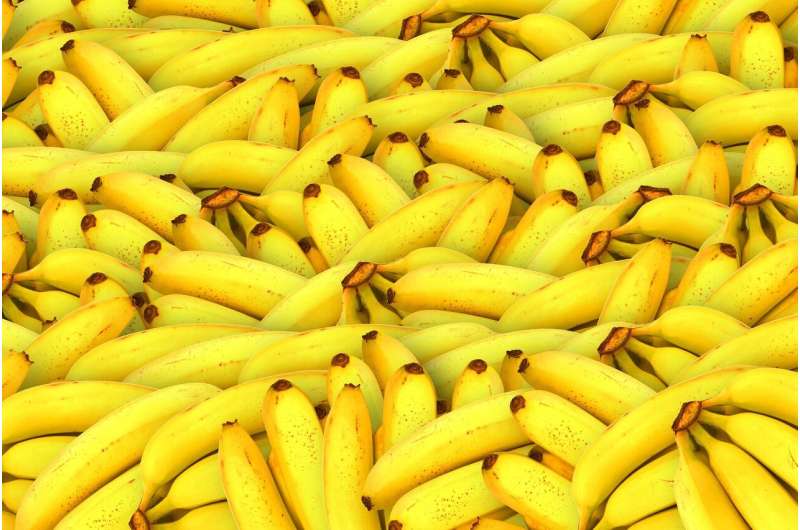Explaining genetic modification research

What do bananas and cavoodles have in common? They're both lovely, yellowy and have been produced by genetic manipulation.
If we went back in time a few hundred years, bananas and cavoodles would look very different—if they even existed at all!
That's because their genetic code has changed from what it is today.
Welcome to Genetic Modification 101.
What are genes?
Let's start small with DNA.
DNA is made up of molecules that provide a chemical blueprint for each living organism. Specific sequences of DNA are called genes, and these genes are what make us unique.
Genes can give you blue eyes and blonde hair or brown eyes and black hair. They're passed down from your parents. These "units of inheritance" were first suggested in the 1800s by . (He laid the mathematical foundation of the science of .)
What is selective breeding?
Genes aren't only found in people. They're an essential component of all organisms, from bananas to cavoodles. But unlike humans, who have evolved naturally, the genetic codes of bananas and cavoodles have been manipulated.
Take modern dog breeds. They've been . With selective breeding, you mix together two different breeds with certain genetics. Mix a poodle with a cavalier King Charles spaniel and voilà ! You have the cavoodle.
. It's essentially old-school genetic modification. And it's far more widespread than dog breeding—the entire practice of agriculture .
That brings us to the banana. Its wild ancestors (Musa acuminata) were a . This was bred with the heartier-looking Musa balbisiana to create a hybrid—the (Musa paradisiaca). It's from plantains that our modern varieties of bananas are derived. (Which, —but don't get us started on that!)
More recently, scientists from the Queensland University of Technology .
To the lab!
Selective breeding may result in offspring carrying over . For more precise genetic modification, you need a laboratory.
In a lab, scientists can speed up the entire process by targeting specific genes. This can be done through a .
In Australia, the CSIRO's working on several projects involving genetic modification. They include ; ; and .
So it's safe to say there's a lot of research happening in this space.
Is it worth it?
That depends on who you ask.
Here in WA, . GMOs are , with many local growers and producers supportive. But in South Australia, .
Some research suggests GM crops can help mitigate climate change, with claiming wider adoption of already-existing GM crops in Europe could reduce greenhouse gas emissions by 7.5%.
Recently, a team of WA researchers .
With ever-widening applications across multiple fields and industries, one thing's for certain. Our experimentation with genetic modification has only just begun.
Provided by Particle
This article first appeared on , a science news website based at Scitech, Perth, Australia. Read the .




















